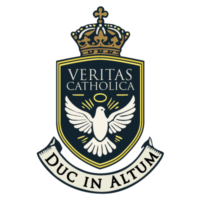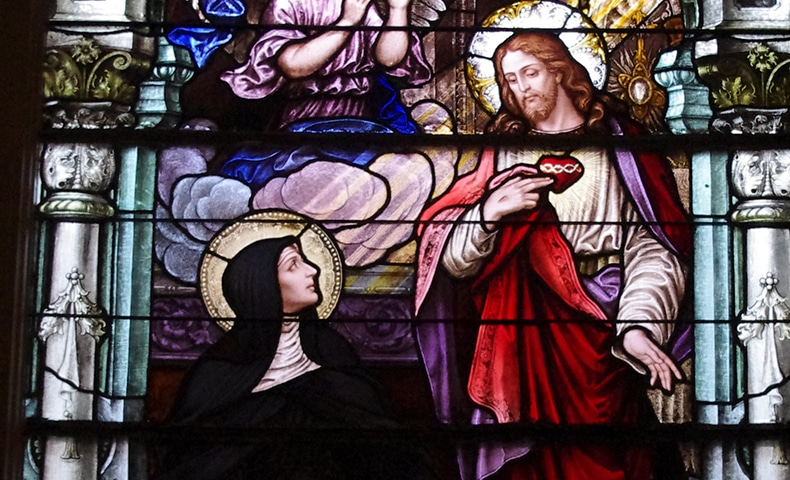Are We Truly Free, or Just Pawns in a Cosmic Design?
Do you ever wonder if your decisions are truly yours? Are your actions born of your own freedom, or are they dictated by forces—biological, societal, or divine—that lie beyond your control? These questions cut to the heart of what it means to be human. For centuries, philosophers and theologians have debated the relationship between divine […]
Are We Truly Free, or Just Pawns in a Cosmic Design? Read More »









